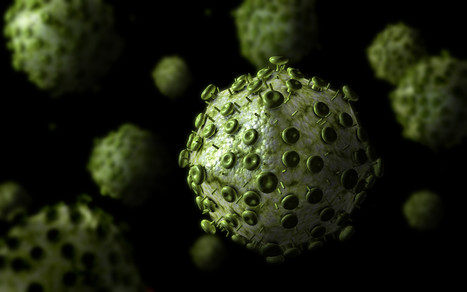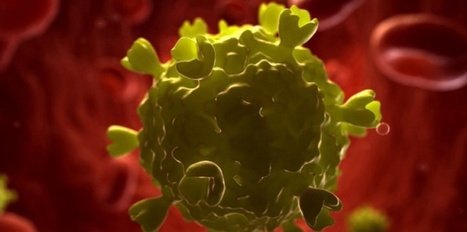Follow, research and publish the best content
Get Started for FREE
Sign up with Facebook Sign up with X
I don't have a Facebook or a X account
Already have an account: Login
 Your new post is loading... Your new post is loading...
 Your new post is loading... Your new post is loading...
|
|












Researchers have taken a major step toward developing a better animal model of human AIDS. Such a model could greatly improve researchers' ability to evaluate potential strategies for preventing and treating the disease.